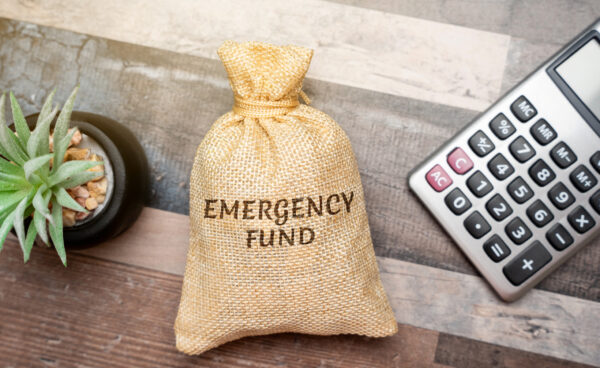
A robust financial safety net is essential for protecting your small business against unexpected challenges and ensuring long-term sustainability. From economic downturns to unforeseen expenses, having a cushion can provide peace of mind and keep your operations running smoothly. Here’s how to build a strong financial safety net for your small business:
1. Assess Your Business Risks
Begin by identifying potential risks that could impact your business, such as seasonal slowdowns, supply chain disruptions, or emergency repairs.
Action Steps:
- Conduct a risk assessment to understand vulnerabilities.
- Create a list of scenarios and estimate their potential financial impact.
2. Establish an Emergency Fund
An emergency fund is your first line of defense. Aim to save three to six months of operating expenses to cover payroll, rent, and essential costs.
Tips:
- Open a separate savings account specifically for this fund.
- Set aside a percentage of your monthly revenue until you reach your target.
3. Streamline Cash Flow Management
Consistent cash flow is crucial for building a safety net. Monitor your receivables and payables to avoid gaps.
Tools:
- Use platforms like QuickBooks or FreshBooks to track cash flow.
- Offer early payment incentives to customers to speed up receivables.
4. Diversify Revenue Streams
Relying on a single income source increases your vulnerability. Diversify your offerings to create additional revenue streams.
Examples:
- Introduce complementary products or services.
- Explore partnerships or affiliate programs to expand income sources.
5. Reduce Non-Essential Expenses
Evaluate your current expenses and cut back on non-essential spending to free up funds for your safety net.
Action Steps:
- Audit your subscriptions and eliminate those that are underutilized.
- Negotiate better terms with suppliers or vendors.
6. Secure Insurance Coverage
Comprehensive insurance coverage can protect against significant financial setbacks, such as natural disasters or liability claims.
Key Policies to Consider:
- Business interruption insurance
- General liability insurance
- Cybersecurity insurance
7. Build Strong Credit
A good credit score can help you access funding quickly during emergencies. Maintain a healthy credit profile by paying bills on time and keeping debt levels manageable.
Resources:
- Monitor your business credit score through services like Nav.
- Establish a credit line with a local bank or credit union.
8. Plan for Tax Obligations
Unexpected tax bills can strain your finances. Set aside funds throughout the year to prepare for tax payments.
Tools:
- Use tax software like TurboTax to calculate and forecast taxes.
- Consult with a CPA to optimize tax strategies.
9. Invest in Financial Expertise
A financial advisor or bookkeeper can provide insights into creating a safety net and managing finances effectively.
Find Help:
- Platforms like Bench offer bookkeeping services tailored to small businesses.
10. Review and Adjust Regularly
Your safety net isn’t static. Regularly review your financial situation and adjust your strategies to account for growth or new risks.
Pro Tip: Schedule quarterly financial reviews to ensure your safety net remains adequate.
Final Thoughts
Building a financial safety net is a proactive step toward ensuring your small business can weather challenges and seize opportunities. By saving strategically, managing cash flow, and leveraging resources, you can safeguard your business’s future and maintain operational stability even during uncertain times.
